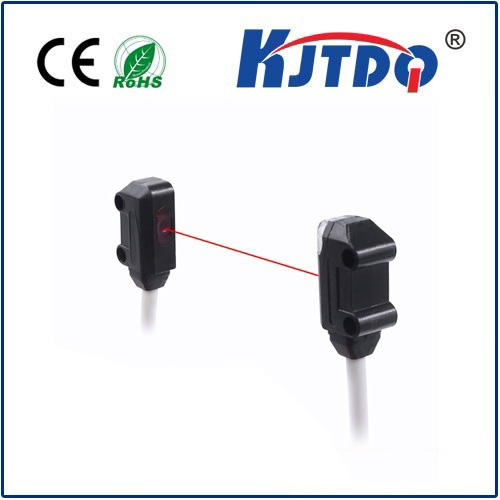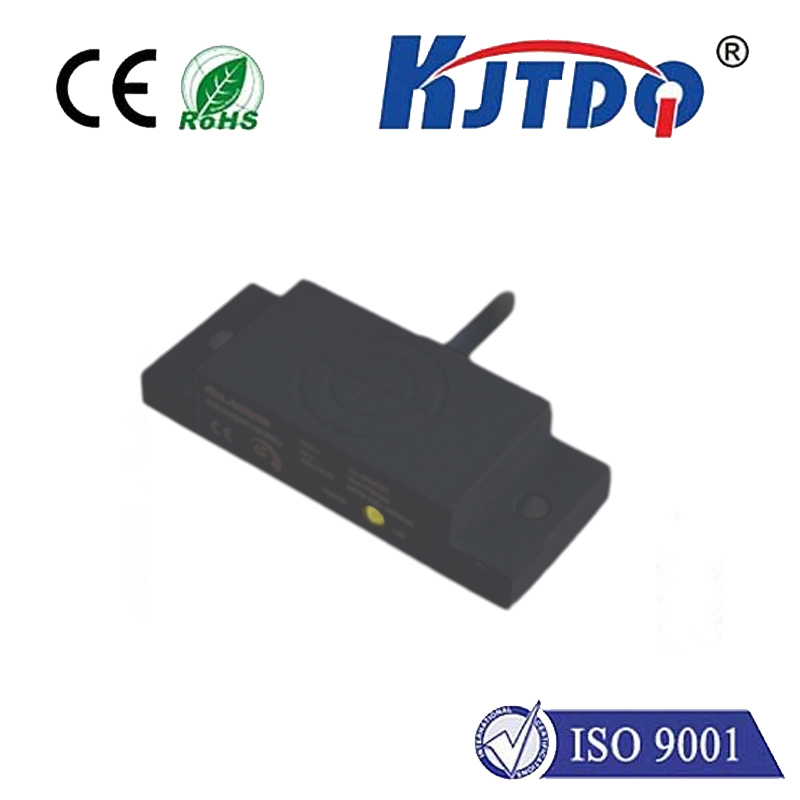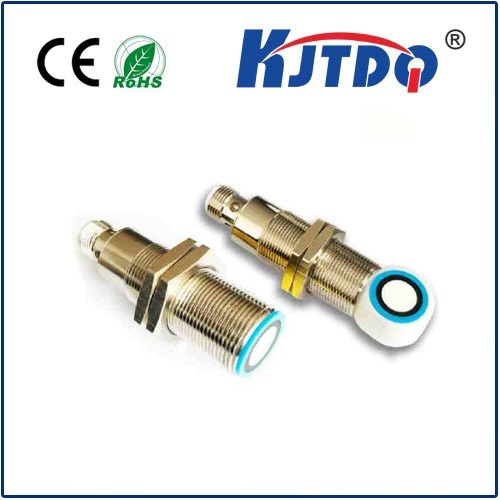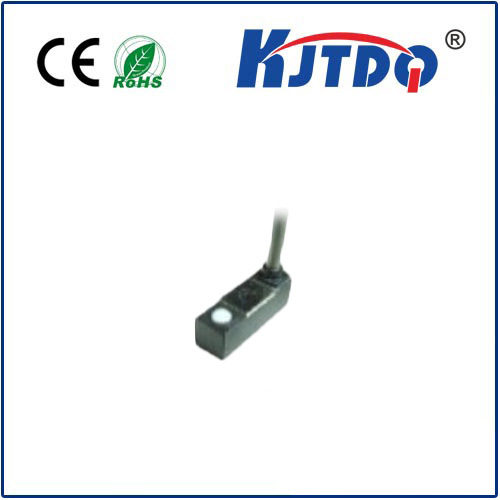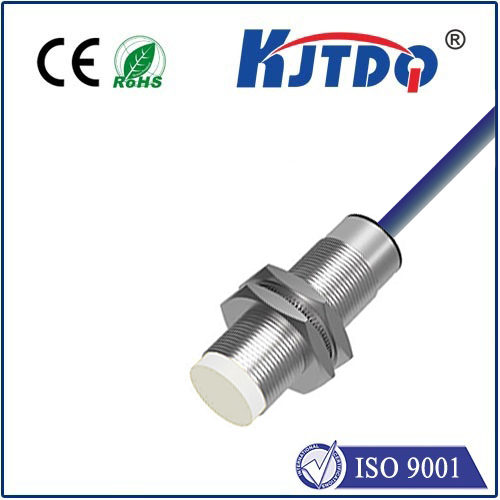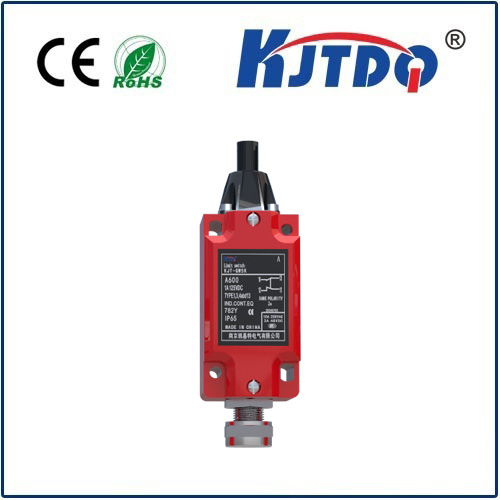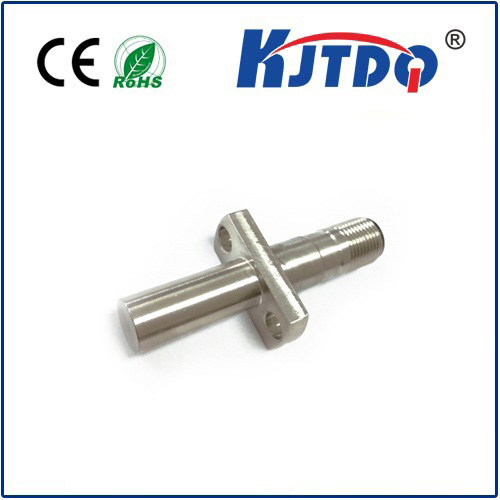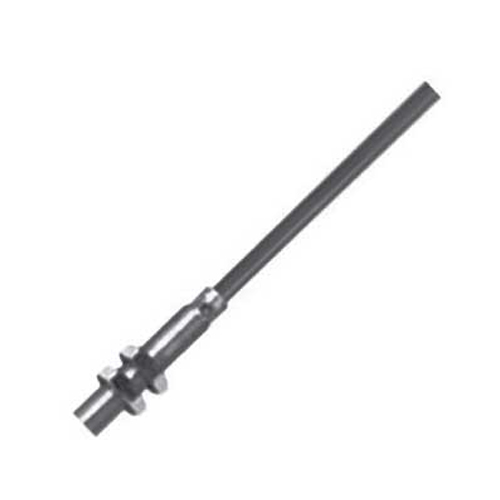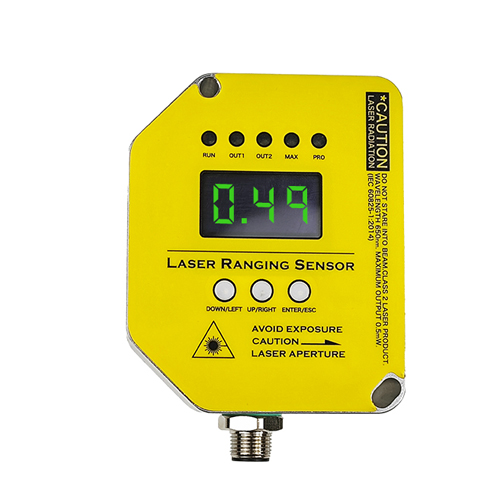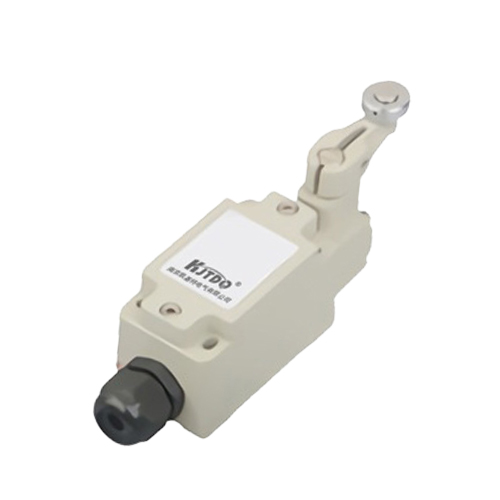

check

check

check

check
S-BOS 26K Dphotoelectric sensor: Enhancing Industrial Efficiency with Precision and Reliability
In today’s rapidly evolving industrial landscape, the need for precise and reliable automation solutions has never been more critical. One such innovation that is transforming manufacturing processes is the S-BOS 26K Dphotoelectric sensor. Designed for high-performance applications, this sensor combines advanced photodetection technology with robust engineering to deliver exceptional accuracy and durability. Whether used in conveyor systems, material handling, or automated inspection processes, the S-BOS 26K Dphotoelectric sensor is a key component in achieving operational efficiency and reducing downtime.
The S-BOS 26K Dphotoelectric sensor is a high-speed, non-contact optical sensor that detects the presence or absence of objects using light beams. Unlike traditional sensors that rely on mechanical contact, this model uses a photoelectric principle to monitor objects without physical interference. This non-contact approach ensures that the sensor can operate in a wide range of environments, including high-temperature, dusty, or humid conditions, making it ideal for industrial settings where maintenance and reliability are paramount.

One of the most significant advantages of the S-BOS 26K Dphotoelectric sensor is its ability to detect objects at a distance, which is crucial for applications such as conveyor belt monitoring, automated sorting, and robotic assembly. The sensor’s high detection speed allows for real-time monitoring, enabling manufacturers to respond quickly to changes in production flow and minimize waste. Additionally, its precision ensures that the sensor can accurately measure the position and size of objects, which is vital for maintaining consistent product quality and reducing errors in the production process.
Another key feature of the S-BOS 26K Dphotoelectric sensor is its durability and long lifespan. Constructed with high-quality materials and designed for continuous operation, this sensor is built to withstand the rigors of industrial environments. Its compact design also makes it easy to integrate into existing machinery and systems, reducing the need for extensive modifications. This ease of installation and maintenance is a major factor in its widespread adoption across various industries.
In addition to its technical specifications, the S-BOS 26K Dphotoelectric sensor is engineered for flexibility and adaptability. It can be configured for different detection ranges, sensitivity levels, and output signals, allowing it to be tailored to specific applications. This versatility ensures that the sensor can be used in a variety of settings, from small-scale manufacturing to large-scale industrial production lines.
The integration of the S-BOS 26K Dphotoelectric sensor into industrial systems not only improves operational efficiency but also contributes to cost savings. By reducing the need for manual intervention and minimizing defects, the sensor helps lower labor costs and increase productivity. Moreover, its ability to detect and respond to changes in real time allows for better process control and optimization, leading to improved overall performance and reduced downtime.
In conclusion, the S-BOS 26K Dphotoelectric sensor represents a significant advancement in industrial automation. With its combination of high precision, durability, and flexibility, it is a valuable asset in modern manufacturing environments. As industries continue to evolve, the adoption of such innovative technologies will play a crucial role in driving efficiency, quality, and competitiveness. The S-BOS 26K Dphotoelectric sensor is not just a tool—it is a strategic investment in the future of industrial automation.
